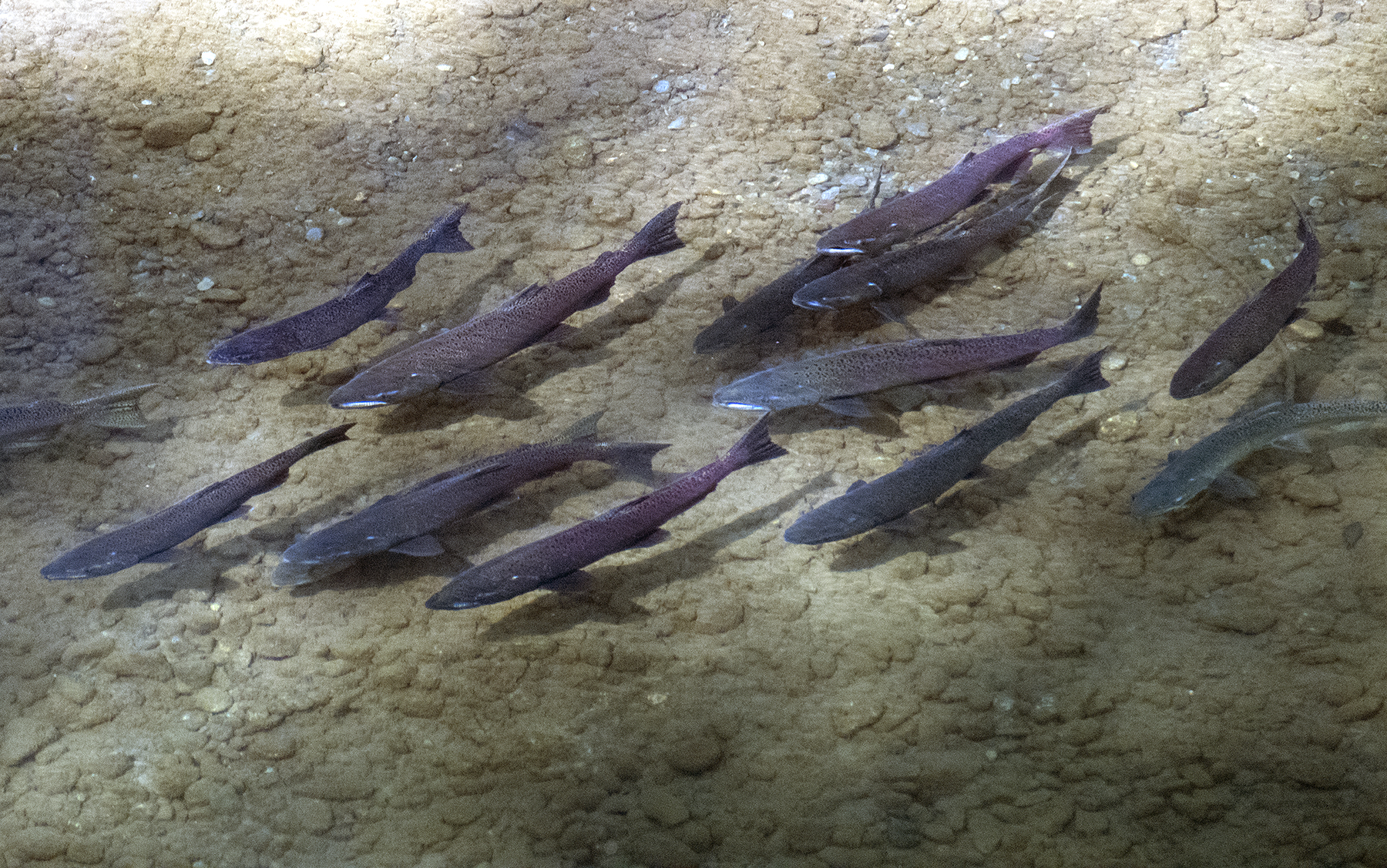By Todd Manley
When working on any large problem, it usually is not some single “silver bullet” solution that miraculously solves it. Instead, it is many distinct actions that address the varied issues that make up the larger problem. Such is the case with juvenile Chinook salmon mortality in the Sacramento River system. For the better part of three decades, greater and greater quantities of water were dedicated to instream flows with the expectation that this “silver bullet” of flows, on its own, would solve the diverse assortment of fish mortality causes. The result, on the rivers and streams where this was the primary or only action used to promote survivability, was generally unproductive.
More recently, based upon the successful strategy that was employed on Butte Creek to recover spring-run Chinook salmon for the past 20 years, collaborative partnerships of diverse interests are working on a comprehensive approach to address survivability for all stages of the Chinook salmon life-cycle that occur upstream of the Delta. For juvenile Chinook salmon, we are implementing projects and actions to address the many causes of mortality in the Sacramento River System: predation, lack of food, passage impediments, insufficient refugia, temperatures, flows, etc. It is important to note that this process is adaptive in nature. Addressing one source of mortality will help fish survive in a specific stretch of the river, sometimes only to die further downstream, unless that source of mortality is addressed, and so on and so on…. Success will occur when enough of the sources of mortality are addressed and adequate habitat and food are provided. Until that time, we must continue to implement projects and actions, honestly assess their success, and if they are fruitful, move on to the next stressor in an ongoing, deliberate march toward salmon survivability.






